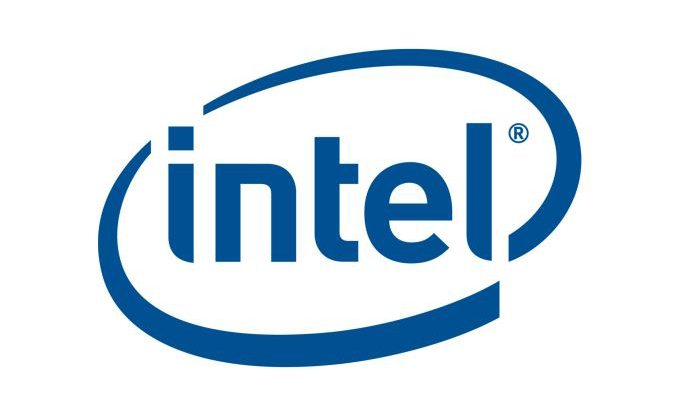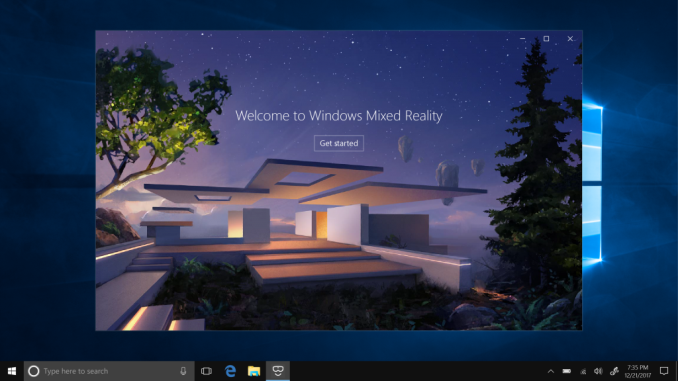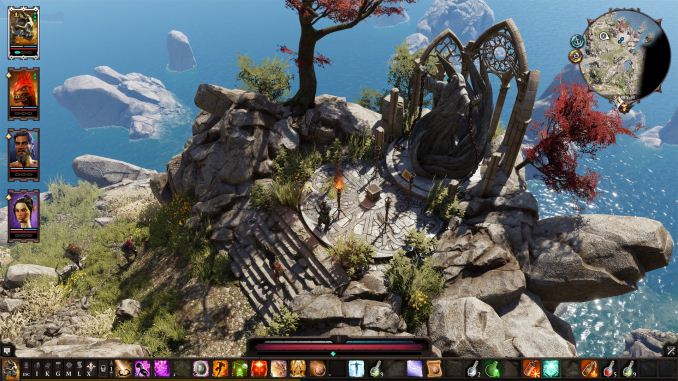Intel Releases Graphics Drivers for Windows 15.60: HDR10 and Windows Mixed Reality
by Nate Oh on November 10, 2017 11:00 PM EST
In light of the recent feature-filled Windows 10 Fall Creators Update, this week Intel has released their Graphics Driver 15.60, bringing HDR10 and Windows Mixed Reality support to a number of their modern integrated graphics processors (IGPs). As a WDDM 2.3 driver, 15.60 meets the latest WDDM version supported in the Fall Creators Update, and additionally brings support for Wide Color Gamut. Coupled with game-specific optimizations and general fixes, 15.60 is a notable integrated graphics driver release, oriented for the numerous new features of the Fall Creators Update.
HDR support only comes to Coffee Lake Core processors with UHD Graphics 620 or better, as well as Kaby Lake Core processors with HD Graphics 620 or better, and in the form of HDR10-over-HDMI and HDR10 playback/streaming capabilities. In real world terms, this brings Netflix HDR and YouTube HDR support to higher-end Intel integrated graphics, along with HDR content creation applications, games, and video files.
Note that there may be a number of peripheral requirements for consuming HDR media on supported Intel IGPs. As an example, Netflix 4K HDR requirements include a display with HDCP 2.2 output support, Intel MEI drivers, the latest BIOS, and, as of the Fall Creators Update, separate installation of a HEVC media extension. More detailed instructions and information can be found in Intel’s separate “HDR on Intel Graphics” whitepaper.
For Windows Mixed Reality, Intel formally offers Kaby Lake Core i5 processors with HD Graphics 620 or better. As one of the marquee features of the Fall Creators Update, Mixed Reality brings a more standardized Windows 10 based VR/AR platform, although it is too early to describe its relevance. As Windows Mixed Reality requires a compatible headset and Windows 10 Fall Creators Update system, Intel’s higher-end IGPs are only one piece of the puzzle, but the prevalence and accessibility of iGPUs makes it a notable one.
On the more technical side, 15.60 includes general security improvements and an updated Display Audio Driver. The driver also brings support for DXIL, including DX12 shader model 6.0 and 6.1, as well as video processing and video decode acceleration in DX12.
Alongside memory usage improvement for OpenCL applications, 15.60 resolves a number of game-related issues. Intel has resolved intermittent crashes or hangs in DOTA 2 (running under Vulkan) when switching to lower resolutions on embedded display panels, and brought general playability and performance improvements for Middle-earth: Shadow of War. Graphical anomalies in Divinity: Original Sin 2 and Pro Evolution Soccer 2018 have also been resolved. Additionally, Intel has fixed graphical anomalies during Bluray playback on Cyberlink PowerDVD.
While this graphics driver update differs from the typical AMD or NVIDIA releases, recent events have shot Intel’s graphics aspirations to the forefront. In the previously covered Intel graphics driver release, we highlighted Intel pushing out AI and machine learning capabilities to their IGPs as part of a bigger push into deep learning in edge devices, continuing to bring related improvements and features directly to their public graphics drivers. But today, well beyond the Fall Creators Update’s relevance to GPUs, we are contending with the following announcements, in order of increasing incredulity:
- The upcoming processor package of Intel 8th Generation CPU + AMD Radeon Graphics with HBM2 using EMIB
- AMD Radeon Technologies Group head Raja Koduri resigning and then joining Intel
- Intel earmarking Raja as Chief Architect and leading a new Core and Visual Computing Group in the development of high-end discrete GPUs
In a span of three days, Intel has become extremely relevant to high-end discrete graphics space, past, present, and future. Ostensibly, Intel is looking to square off in the deep learning and high performance computing markets with NVIDIA, who themselves just had yet another record financial quarter. But with Intel explicitly emphasizing their high-end discrete graphics endeavors as an extension of their existing iGPUs, the potential consumer implications are clear, and not just in terms of edge and IoT devices. In the very possible scenario that Intel has a discrete graphics project currently in the pipeline, there is a good chance that the GPU microarchitecture will resemble the Gen 9.5 microarchitecture of Kaby Lake’s and Coffee Lake’s IGPs, the crux of this week’s 15.60 driver release.
Wrapping things up, 15.60 supports Iris, Iris Pro, Iris Plus, UHD, and HD Graphics on Skylake, Kaby Lake, and Coffee Lake processors, as well as on Apollo Lake SoCs. Details of specific product support can be found on the 15.60 driver download page.
The updated drivers for Intel products are available on their driver download page, and drivers may also be updated through Intel’s Driver & Support Assistant. More information on 15.60 and further issues can be found in the release notes.
Source: Intel (via SH SOTN)













17 Comments
View All Comments
Cryio - Saturday, November 11, 2017 - link
Intel are frauds.The iGPUs in Skylake, Kaby Lake and Coffe Lake are identical. Because they are the same CPUs and iGPUs with slightly different frequencies and slightly different power leakage.
Yet Skylake GPUs are limited to W10 Anniversary WDDM 2.1 while only Kaby Lake and Coffe Lake get WDDM 2.3 and Mixed Reality Support. Why? I'll never know.
wolfemane - Saturday, November 11, 2017 - link
money money mooooonnneeyyyy!ddrіver - Sunday, November 12, 2017 - link
So? Both Nvidia and AMD rebranded plenty og GPUs and sold them as the next generation. Intel doesn't claim the new iGPUs are some sort of never before seen GPU or massive improvement so what's the problem?Nobody's putting their hands into your pocket. So stop whining, Intel is taking great steps into improving their GPU game.
ZeDestructor - Saturday, November 11, 2017 - link
And then people keep wondering why I just keep buying nVidia...HStewart - Sunday, November 12, 2017 - link
The big difference with HD 620 is that it has specific support for Microsoft PlayReady or some other part 9.5 which I assume is require for Microsoft Mixed Reality and is included in Intel Gen 9.5 GPUsWhat I don't understand why is 615 not in Gen 9.5
More information on differences of GPU
https://en.wikichip.org/wiki/intel/microarchitectu...
Basic Intel needed to enhance GOU to support update
olde94 - Monday, November 13, 2017 - link
As i understood it, intel was not allowed to make new gpu's. Nvidia and amd have all the patents, and nvidia especially has most of them, so intel payed a lot of money to nvidia to be allowed to use these pattents, and actually launch a gpu. In 2015 this 5(6?) year of allowens on the patents expanded, so intel could not make any new.This is the reason for why intel and amd have flirted with a gpu colab, for over a year.
olde94 - Monday, November 13, 2017 - link
yup found it. Not quite what i remembered, but still.http://www.fudzilla.com/news/graphics/42815-intel-...
edzieba - Saturday, November 11, 2017 - link
"But with Intel explicitly emphasizing their high-end discrete graphics endeavors as an extension of their existing iGPUs"Has it been confirmed by Intel that they are working on extending Gen rather than being a clean-sheet design (or a Xeon Phi variant)?
Frenetic Pony - Saturday, November 11, 2017 - link
They just a hired a new GPU head for dedicated GPUs. Makes sense to use to same architecture for iGPUs as well. But it'll probably be 2 years or more before it hits.HStewart - Sunday, November 12, 2017 - link
I saw something that the AMD Gpu is purchase for flutter gaming NUCI would expect with Raju we will see completely new design coming in the future